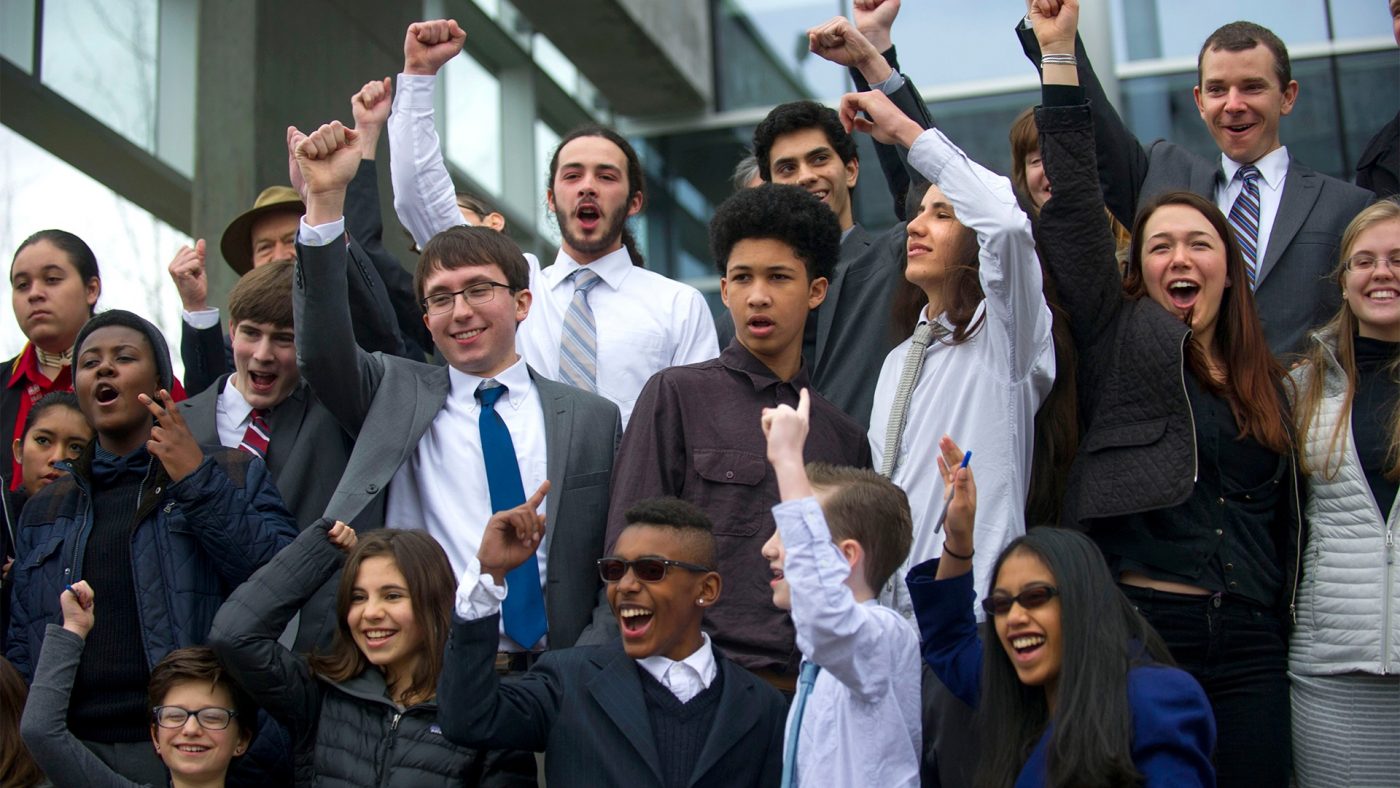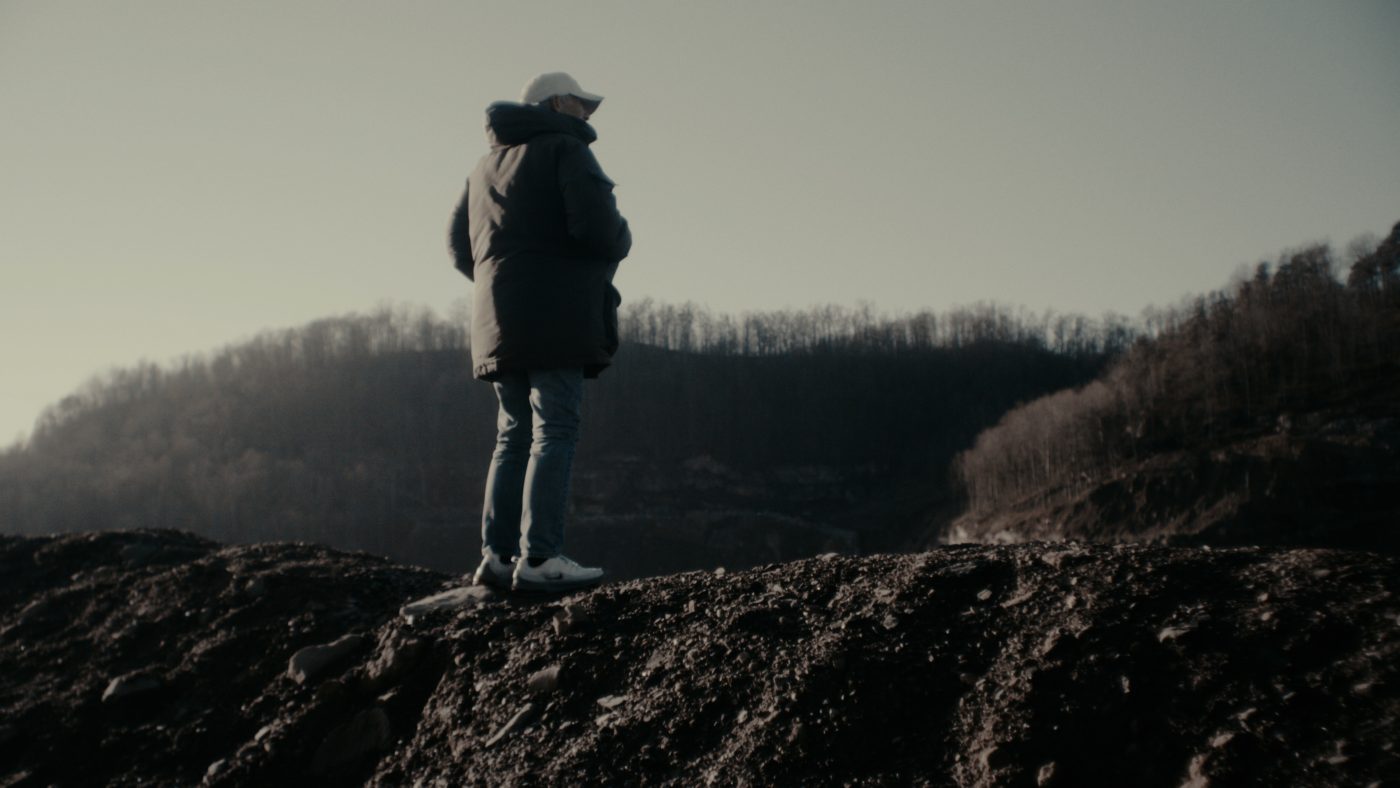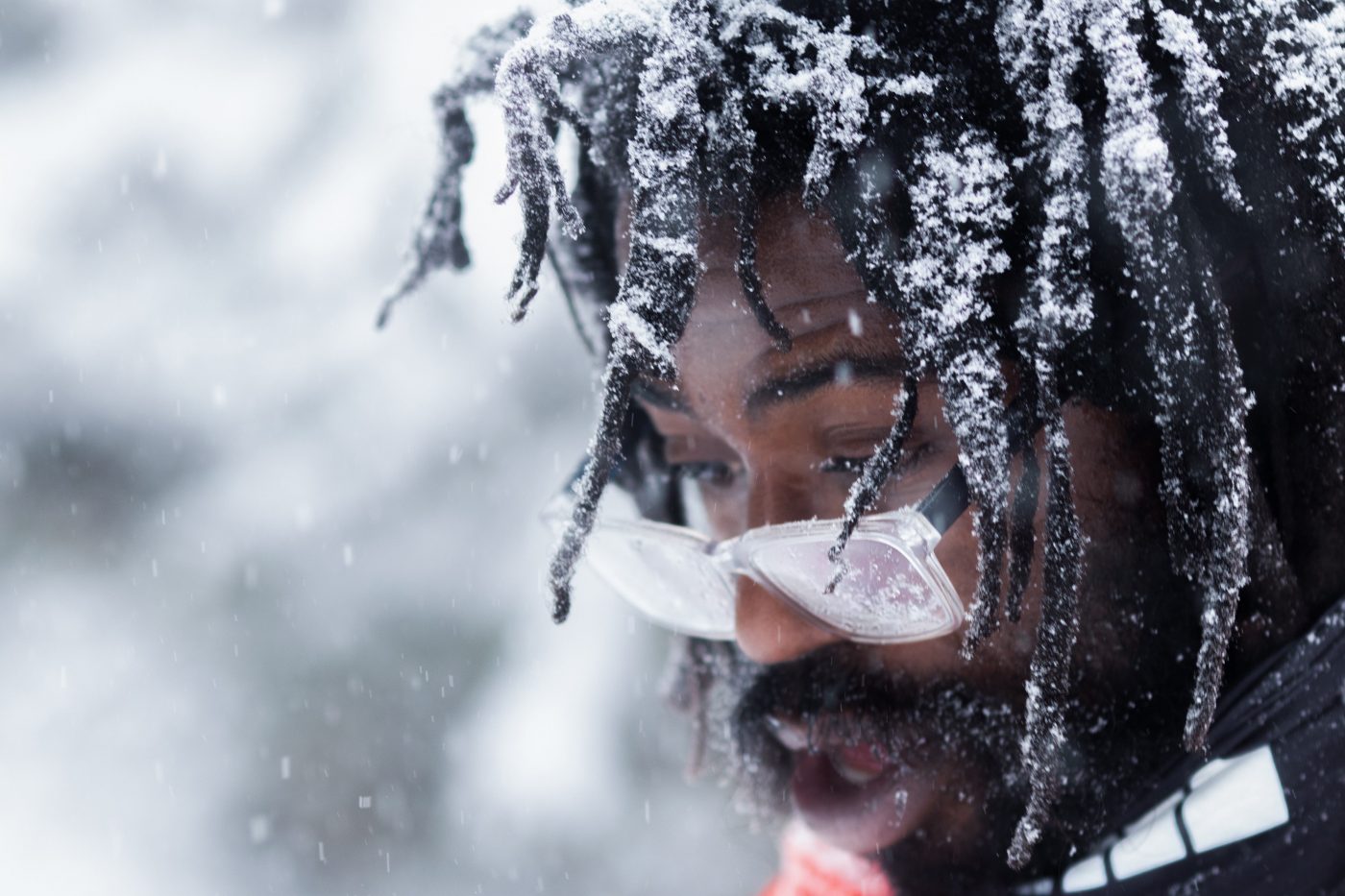More people are getting vaccinated, summer is on the horizon, and the Mountainfilm Festival is back. After going virtual last year, the annual event is combining the best of both worlds in 2021. There will be a small, in-person festival in Telluride, Colorado, over Memorial Day weekend, as well as a weeklong virtual festival starting on May 31.
As a media sponsor for this year’s event, Grist reviewed seven documentaries and shorts of the more than 120 featured at the festival, available to stream for a fee. These pieces explore racism in outdoor adventure culture, chronicle the next generation’s fight for a livable planet, and lay out the story of how evangelicals came to politically oppose environmentalism. Some were deeply moving, others left something to be desired — read on for our take on which films are worth your time.
Youth v Gov

Here’s the deal. If you have a child-rearing bone in your body — or, really, anything other than a raisin where your heart should be — YOUTH v GOV will move you. The film, which chronicles the path to trial for the 21 youth plaintiffs suing the federal government over climate inaction, is a masterclass in making the mundane emotionally resonant. Part of that power comes from the skill of the filmmakers, who weave together 60 years of archival material, stirring footage of natural disasters, and dramatic courtroom video to bring dense legal arguments to life. But the vast majority of the documentary’s emotional muscle comes from those meddling kids.
The plaintiffs in the ongoing lawsuit Juliana v. United States each bring their own story of climate disruption; accounts of hurricane- and wildfire-damaged childhoods both heartbreaking and harrowing. Their lawyers have identified a unique argument in the kids’ youth: that climate change will disproportionately rest on the shoulders of future generations, and that this fact demands disproportionate action today. This argument works on the viewer, too, and you’ll leave the film wondering if you’re doing enough to ensure a livable planet. Yes, says the advice columnist in me, you are — but this harebrained case against two presidential administrations, brought by some ragtag climate Goonies with the weight of the world behind them, will ask you to do a little more. As Kelsey Juliana, the named plaintiff in the case, tells the camera, “It’s going to take a lot more than one girl with a megaphone.”
— Clayton Aldern, Data Reporter
We Are As Gods
In the far reaches of northeast Siberia, at a 50-square-mile nature reserve known as “Pleistocene Park,” Stewart Brand is waiting for the woolly mammoth to return.
That’s a scene from We Are as Gods, a documentary that is part biography, part exploration of “de-extinction,” the controversial process of using gene editing to bring back extinct plants and animals. (Woolly mammoths are a long way off: Passenger pigeons and American chestnut trees may be first.) The main character is Brand, who at 82 has served as a kind of Forrest Gump for the environmental movement, popping up in the background of watershed moments. As a student at Stanford, he did research with Paul Ehrlich, the biologist and author of The Population Bomb; in the 1960s, he dropped acid with novelist Ken Kesey.
He has also courted controversy. Brand has long embraced technology instead of turning against it, spooking many fellow environmentalists. “We are as gods,” he wrote in the 1968 edition of the Whole Earth Catalog, a counterculture magazine he founded. “And we might as well get used to it.”
We Are as Gods is sometimes scattered, but always entertaining, trailing Brand as he combs through woolly mammoth tusks, debates the merits of resurrecting dead species, and supports the construction of a 10,000-year clock. At its heart, the film asks: Should we, like Brand, support modifying nature to save it?
— Shannon Osaka, Reporter
God $ Green: An Unholy Alliance
To explain the connections between Big Oil, the modern-day Republican Party, and evangelical Christianity, you have to cover a lot of ground. God $ Green: An Unholy Alliance, a short documentary from the Religion, Race, and Democracy Lab at the University of Virginia, also promises to illuminate why this combination resulted in evangelicals, who you’d think would want to protect God’s creation, denying the reality of climate change.
The film takes a light touch for such a heavy topic, featuring great interviews with writers, professors, preachers, evangelical activists, and former Representative Bob Inglis, then blending them with a blizzard of historical facts. Soon after President Nixon launches the EPA, we wind up in the 19th century with Charles Darwin and John D. Rockefeller, who was (this is a surprise?) a devout Christian, then drop in at the Scopes Monkey Trial in 1925. And it somehow ends on an uplifting note, drawing inspiration from last summer’s protests for racial justice. It’s just way too much material to cram into 20 minutes, never mind turning it into a story. The effect is like racing through a buffet, enhanced by choppy editing which flips through historical scenes by the second. Even so, God $ Green raises many interesting questions, even if it doesn’t have the time to answer them.
— Matthew Craft, Senior Editor
The Both of Me

The short documentary The Both of Me, directed by Brandon Lavoie, certainly covers a worthwhile subject matter. It follows Chuck Nelson, a former coal miner from West Virginia who has seen his body, community, and family destroyed by the industry and is now speaking out against it. One assumes that the title refers to his internal conflict: a lifelong pride in coal mine work and its role in building the nation, and a deep anger at coal companies for their directive to, in his words, “rape the land, make the profits, and get the hell out, and they could care less what it looked like when they left here.”
The character of Chuck is expressive and compelling, but the film itself is overwrought and one-note, the camera clinging a little too tightly to this man’s trauma in favor of any other insight into his life. We know that West Virginians suffer enormously from the environmental ravages of mining, and we know that coal companies are to blame and not the miners themselves. There must be some new territory yet to tread in the thematic realm of Appalachian devastation, but it is not explored here.
— Eve Andrews, Staff Writer
Spaceship Earth
In 1991, eight scientists in matching red suits reminiscent of Star-Trek stepped into a massive geodesic dome just outside of Tucson, Arizona. They would not emerge for two years. During that time, they breathed, ate, and lived solely in the confines of what was dubbed “Biosphere 2,” essentially a massive terrarium. (What’s Biosphere 1? The Earth itself, of course.)
The documentary Spaceship Earth delves into archival footage and interviews to dissect the unfolding of that experiment, which aimed to test the viability of a closed ecological system that scientists imagined humans might one day inhabit on far-off planets. Its flashy ambitions of life in space, driven by ecological collapse and billionaire escapism, are reminiscent of Elon Musk’s modern-day ambitions to colonize Mars. Biosphere 2 was notably co-founded by the oil tycoon Ed Bass; he later hired Steve Bannon, the far-right, Trump-era strategist.
The film gets off to a rocky start, featuring seemingly unending footage of the project’s architects participating in inexplicable 1970s experimental theater (read: lots of flailing and screaming). But it finds its footing inside Biosphere 2, where participants faced trials including hunger, oxygen deprivation, and infighting.
The most useful thing about Biosphere 2 might not be what it imagines about life on other planets, but what it can tell us about life on earth. The participants in the experiment formed a unique relationship with their miniature ecological communities — one noted, in an interview, that she had a personal connection to every plant and tree in the dome, as she had either planted, propagated, or harvested it. Spaceship Earth doesn’t dwell long on this question of stewardship of re-created nature — but just imagine if all this effort went into repairing our home instead of figuring out if we can flee it.
— Alexandria Herr, News & Politics Fellow
Black Ice

“Montana is so white it makes your eyes hurt,” says one Black climber, midway through the documentary Black Ice. Sure enough, the streets of central Bozeman are covered in snow. But that’s not exactly what he means.
It’s no secret that rock climbers, whether young gym rats or experienced big-wall climbers, are mostly white. (According to one analysis from the American Alpine Club, the country’s 7.7 million climbers are 85 percent white and just 1 percent Black.) Black Ice is the story of taking a few climbers from the nonprofit climbing gym Memphis Rox in Tennessee — some of whom have never left the state before — and dropping them in rural Montana in the dead of winter so they can learn to ice climb.
It’s rough. The climbers endure sub-zero temperatures, tents pitched in the snow, and the awkwardness and terror of climbing frigid walls. At the center of the film is 20-year-old S’Lacio, a native of South Memphis who has never been on a plane before, let alone swung an ice ax into a frozen waterfall. Shot when he was 17 years old, he can’t lift his left arm above his shoulder, but still manages to summit one incredibly icy crag. On the ground, he bursts into tears. “This is the best thing that’s ever happened to me,” he says quietly.
— Shannon Osaka, Reporter
We the Power
Energy used to belong to the people. And now they want it back. In the busy city of London, on the colorful streets of Spain, and in the quiet forests of Germany, concerned citizens are fighting to take back ownership of energy from big companies and start cooperative-owned renewable energy projects.
There’s electrical energy, and then there’s human energy, says Agamemnon Otero, a renewable energy developer in London, in the 38-minute documentary We the Power from the company Patagonia. While this movie is about both, it emphasizes human energy, the power of cooperation. The film looks at how people across the European Union are fighting not just for clean energy, but also for energy justice in homes that have to choose between eating or paying for heat.
But, even after the groups finally make small gains, monopoly utility companies have a way of resetting the field to their advantage. The film asks what it takes to create a community-powered renewable revolution. The answer, it seems, is hope, persistence, and maybe some cooperation from the government.
— Jena Brooker, Midwest Fellow



